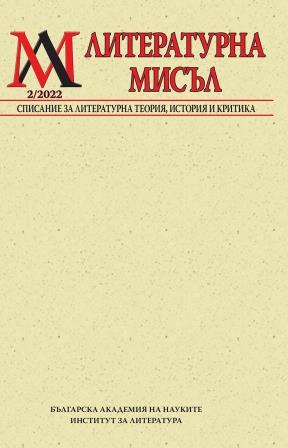
Artists’ Books as a Means of Cross-Cultural Transfer
The article studies the artist's books of some of the most famous writers and painters of our time George Badin and Michel Butor.
More...We kindly inform you that, as long as the subject affiliation of our 300.000+ articles is in progress, you might get unsufficient or no results on your third level or second level search. In this case, please broaden your search criteria.

The article studies the artist's books of some of the most famous writers and painters of our time George Badin and Michel Butor.
More...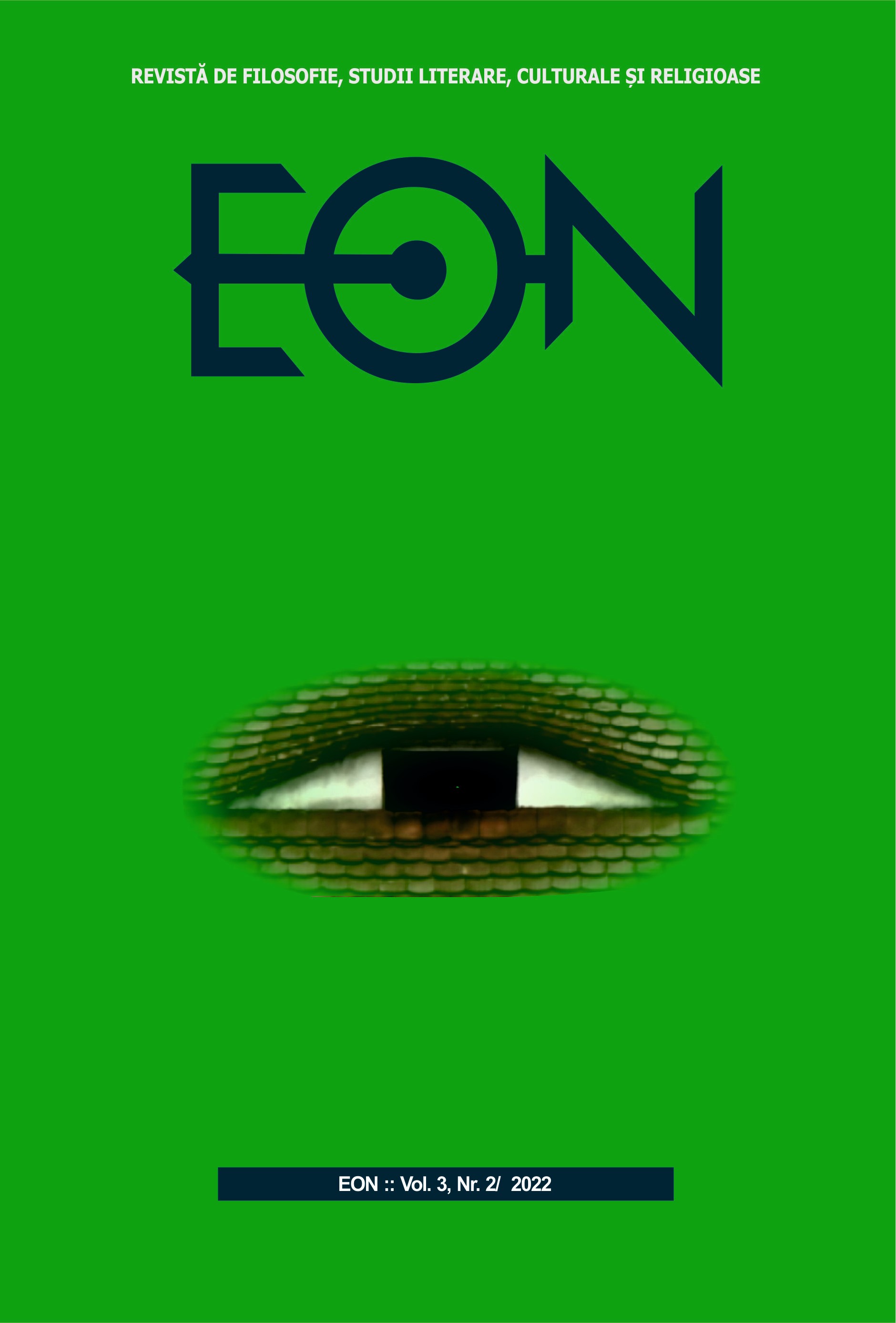
The present review of the book AI for Arts by Niklas Hageback and Daniel Hedblom summarizes the main ideas of the concise volume which can act as a guide for those interested in the emergence of Artificial Intelligence, regardless of their level of knowledge. The four chapters are comprehensive enough to understand the origins of art and the events which have changed it, the current state of art of Artificial Intelligence in the creative field, and how it is already influencing the landscape of art, and finally, the direction it is heading and what the potential consequences of the hypothetical autonomy of Artificial Intelligence are. The present book is here to debunk the mystification hovering around AI, which is often portrayed by media as a monster destined to replace humans altogether. Art, which seems to be something that can only be made by humans, is also directly "threatened" by technological progress. As the book's authors present, it is time for authentic creativity to come to the fore.
More...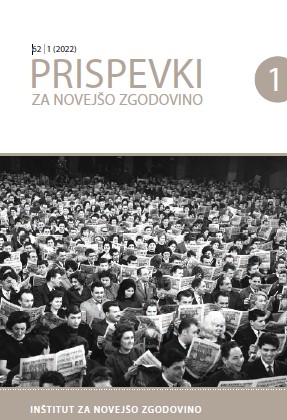
The article analyses how distant Others are represented in “Eritreja” photoreporatge, that appeared in ten consecutive issues of the Mladina magazine between August and November 1988 and is regarded as the most extensive photoreportage ever published in Slovenian printed media. Multimodal framing analysis complemented with semi-structured interviews with the photographers are conducted to the examine verbal and visual strategies for the construction of Otherness. The divergence of this particular photoreportage from the leading news topics (famine and war) and its positive representations of the distant Other are traced to the photoreportage’s resonance with the domestic political agenda (Slovenia’s struggle against the centralisation of Yugoslavia) and Mladina’s editorial policy (advocating freedom of speech via challenging taboo topics in Yugoslavia).
More...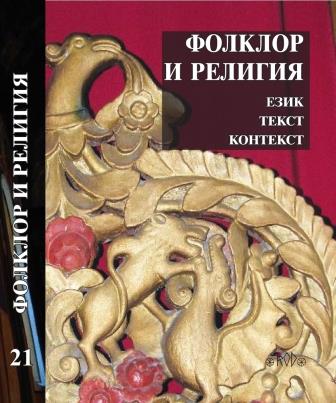
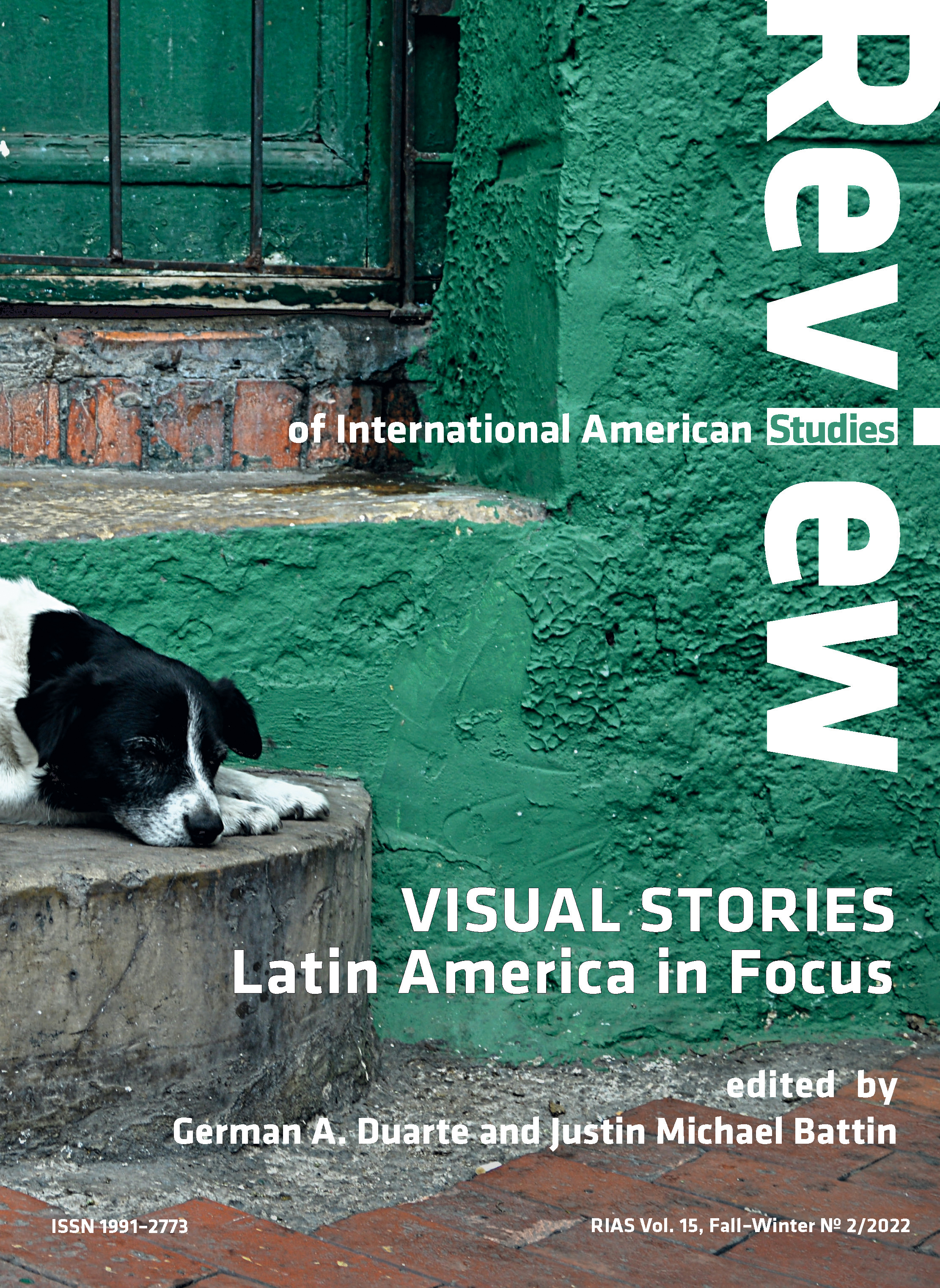
Around the turn of the century, the notion of topos (τόπος) underwent an interesting and necessary transformation. Presumably due to the popularization of digital technology, scholars started to progressively uncover the complex nature of the word by expanding on its general meaning as it pertains to the sphere of speech. This phenomenon granted to narratives some spatial characteristics, and at the same time brought into the light an old and critical relationship between text and image. In the form of a conversation, this article deals with this critical relationship between text and image, and the way this conflictual relationship shapes social imaginaries, propaganda, and automatisms when representing social events. The article addresses these questions through an analysis of a series of pictures that had a great impact on Latin America’s social imaginary.
More...
In the summer of 2016, the author traveled to Havana to begin preliminary work on an interdisciplinary visual ethnography project. While venturing primarily on foot, he took hundreds of high-resolution photographs and interviewed people at random across several localities about their daily routine, their neighborhood, and their expectations about what was to come following the [then] normalizing of relations with the United States. Of the utmost importance to this work was the special attention granted to the inhabited locale where each photograph and interview took place. This article explores these photographs through the lens of the “event of photography,” a term emphasizing the temporal moment when a photographer, photographed subject, and camera encounter one another. With this interpretation, photographs are positioned as historical documents and the practice of photography as a civil and political matter, thus inviting new possibilities to read political life through its visual dimension, as well as to trace different forms of power relations made evident during the ‘event.’ This paper uses phenomenological reflection to explore the meshwork manifestation of these power relations, and articulate how they provide insights about one’s place and responsibility within that ‘event’ in a range of relational contexts.
More...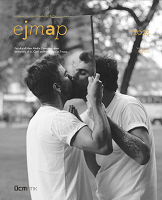
This article analyzes certain aspects of the reception and acceptance of the emerging technology of GAN generated visuals (DALL-E, Midjourney, and Stable Diffusion) by the general public as of mid-2021 to early 2023. It will deal specifically with the negative and positive expectations of it and put them into the context of social acceptance and expectations surrounding the formation of the photography medium in the early 19th century. Both of the inventions mark a milestone in the timeline of a data-driven society. Both tools utilize a reference to reality or its visual coding. GAN image generators, as well as photography, were expected, as a product of science, to deliver almost mythically perfect, objective outputs. While photography had previously been used in pseudoscientific projects to support racist claims, the public appears surprised by the bias of the GAN datasets, and their creators are currently looking for ways to eliminate it through process moderation. The goal of using this comparison is to explore a common trait of both epochs: the affinity for devices, specifically the idea of “a black box”. It will aid us in describing the relationship of the data society to itself based on machine-based creation of visuals with varying degrees of autonomy and generativity. Finally, we will examine the practical implications of the discussed aspects in the near future.
More...
As new technological tools, virtual and augmented reality caused a revolution in culture and art during the critical situation caused by the Covid-19 pandemic. It allowed the viewers to become the co-creators of art, which then changes under their influence. The property/essence of interactive art is the creation of a situation in which the visitor to a cultural institution comes into direct contact with an art object, which fundamentally changes the reception of the artefact. The aim of this scientific study is to identify the hybrid models of visitor participation in the artistic events hosted by Slovak cultural institutions – both offline and online – with a focus on interactive technologies. Using the case study method, we analyzed the contradictions in the definition of interactivity in terms of the pragmatic enhancement of the visitor experience in the cultural institutions (interactive work versus interactive marketing communication) in the interdisciplinary contexts of selected cultural institutions: Ponitrian Museum, Bratislava City Museum and Poliankovo Digital Gallery. The results show a scarce use of augmented reality in the art marketing communication of Ponitrian Museum, and interactive artefacts being part of the exhibition in the other analyzed institutions.
More...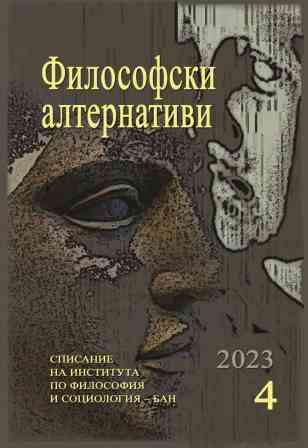
This article tackles the possibility to understand the process of curating the digital self by treating virtual identities as a form of anti-art. The museification of the world engaged by social networks such as Instagram, a platform canonically devoted to visual content, seems to restore the Dada tradition of the photomontage, as well as the turn to the routine of our quotidian existence, aestheticized through live transmissions and daily vlogs. Insta-gramming became a digital practice that progressively installed what Richter used to call “the alienation of photography”, as there is no aesthetic claim for the visual content, but neither a profound ignorance of artistic criteria. Therefore, anonymous masses homogenized as co-performers of life-casting online consume results of a digital curating based on the Dada photomontage, the Futurist appetite for technology and the Surrealist automatic creation or psychic automatism. My argument is that as digital curation progressively shared with vanguards such principles, virtual identities became anti-art objects. Moreover, curating the self is no longer an artistic performance, but rather a social skill. In the last part of my study, I will bring to the spotlight two competitive narrations on digital curation, productive, respectively consumptive curation. In my opinion, these two paradigms raised by Davis are relevant for developing the commodification of the self, as well as new literary practices based on Bourriaud’s relational aesthetics. Consequently, I argue in favour of assuming the curation of the self by digital means as a daily practice entangling creativity and leisure, understood as creleisure, a concept coined by the artist Hélio Oiticica back in 1969. As aesthetics tends to track down such behaviours for their transgressive potential, measuring the historical shift of autocreation from Dada to Data perspectives, philosophy still has to work on the consequences of such phenomena on self-care, self-knowledge, and authenticity.
More...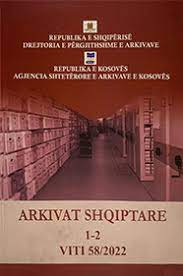
Historical scholarship, as well as other sciences concerned with illuminating the human past, usually devotes its attention to written sources and neglects other types of sources, such as narratives or memoirs, oral, photographic, etc., wrongly considering them to carry less data and thus to be less valuable for study. However, photographs, either as material within an archival fund or as part of a special collection of photographs held by private owners or collectors or in archives, represent important documentary assets for identifying and illuminating the cultural heritage of a community or country, and as such are a valuable source for research in the field of history in general and ethnography in particular. The Archive of Kosovo has a rich collection of photographs of personalities, events, monuments and various objects, neighbourhoods, bazaars, houses, streets, crafts and artisans of the time, which provide us with important data for research and studies in the field of cultural heritage in general. Considering this fact, in our article we will treat and consider those photographs from the collection of Kosovo Archive that provide us with information and help us in further research in the above mentioned areas.
More...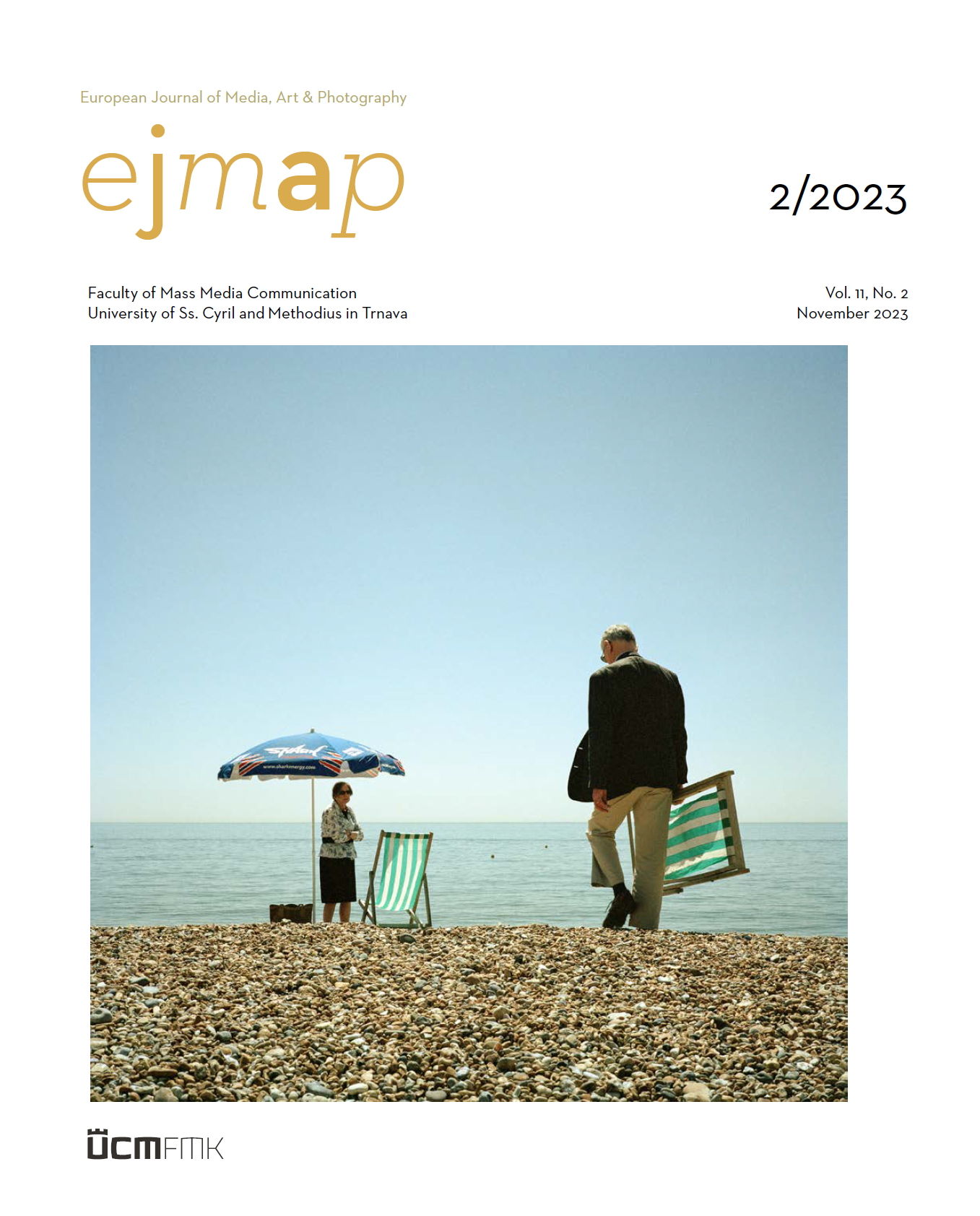
Social documentary photography is one of the key genres that Ukrainian artists use for creating a series of works presented in the form of a photo book or as an independent project. Among the most prominent representatives of this direction, Alexander Chekmenev and the members of Kharkov School of Photography (Boris Mikhailov, Evgeny Pavlov, Mikhail Pedan, etc.) should be singled out. It is notable that despite the fact that their works have common issues, the similar choice of the method and general stylistics, there are a number of significant differences. With the transfer of individual facial features, Aleksander Chekmenov seeks to reveal the psychology of the person being portrayed and elevate a person in the eyes of others, while representatives of the Kharkov school of photography use sharp, satirical language with the active inclusion of various manipulations of the image. On the basis of the art history analysis of a number of well – known projects by Alexander Chekmenev, certain regularities in the strategy of creating a social documentary project in his works have been identified.
More...
This study examines a brief period in the lives of four artists: František Foltýn and Gejza Schiller, two of the most renowned figures in the Košice Modernist movement, the author Béla Illés, and the main character, the photographer Rosie Ney. Several sources have suggested that the paths of these four individuals crossed in Košice in 1921. The study does not intend to present their lives or work in their full complexity but aims instead to clarify some ambiguities over their fates in the early 1920s. The primary focus of the article is to address the persisting uncertainty over the nature of the relationships between the four individuals and their movements between 1919 and 1923. The research collates and analyses a wide range of fragmented evidence of varying degrees of reliability in an effort to identify possible connections between the lives of the four artists and thereby raise the discussion of the issue to a new level. On the more settled question of the marriage of Rosie Ney and Béla Illés, the study also attempts to identify Rózsi Földy, alias Rosie Ney, within Illés’s autobiographical novel Ég a Tisza and to clarify the timeframe of their marriage and various aspects which can shed light on subsequent events. The key topic is the unresolved question of the relationship between Rosie Ney and František Foltýn. By outlining the sequence of events in the lives of the two artists in the early 1920s, the study offers a new perspective and some interesting findings regarding the nature of their relationship.
More...
The concept of melancholy is woven throughout the history of Western art and thoughts as an imaginary Ariadne’s thread that links the perceptions and thoughts of ancient Greece with the present day. At the same time, it could be interpreted as a sign that refers to the endless road to human self-knowledge. Over the course of history, this process of cognition has taken many intricate and crooked paths, linking melancholy with a number of different definitions and interpretive viewpoints as well as diverse visual renderings. The paper focuses on presenting the idea of melancholy from an aesthetic-cultural point of view. It sees it as a phenomenon reflecting various cultural and historical aspects, which were subsequently transformed into the visual art of the given time. Although the portrayal of melancholy was typical of historical periods, of which Albrecht Dürer’s depiction of Melancholy is the most famous, 20th-century art also reflected on it, for example, the work of Pablo Picasso or Giorgio de Chirico. In the Slovak visual arts of the 20th century, we can find several interesting depictions of melancholy, for example in the work of L. Mednyánszky, Mikuláš Galanda, or Jozef Pospíšil. However, the paper sufficiently analyses the work of contemporary Veronika Rónaiová, who has returned to portraying the idea of melancholy again.
More...
The article analyses painter, graphic artist and stage designer Ilmārs Blumbergs’ (1943–2016) artworks in which he thematises the body as his intimate space subject to finality and death. Besides existential and intellectual issues, Blumbergs has always been interested in human physical existence in art. Searches for the meaning of the body and bodily states are an important theme in Blumbergs’ art. The author interprets Blumbergs’ self-portraits as imprints of his individual experience. They embody the transformations of the portrait genre in Latvian art since the 1980s; thus in his case, the traditional boundaries of the genre are significantly expanded. Affect theory as a critical discourse in the social sciences and humanities surged in the mid-1990s. This article deals with affect theory and the possibilities of using it in the interpretation of artworks. The author provides a brief insight into the history of studying affect, the meaning of the terms affectus and affectio in the shaping of two paradigms in this theory: affect as an elementary state and affect as an intensive power. The article emphasises those facets of the theory which relate to the body, bodily reactions as well as aspects of the artwork’s creation and perception. Several theoretical approaches of how to view an artwork through the prism of affect theory have been examined in the article. Focusing on the aspect of the affect’s working and influence, the French philosopher Gilles Deleuze (1925–1995), in collaboration with the philosopher and psychoanalyst Felix Guattari (1939–1992), developed the theoretical trend of affect as an intensive force, and this perspective seems to be the most appropriate for the research of art. According to Deleuze’s and Guattari’s philosophical stance, affect is a result of the clash between organic or inorganic bodies; it is also present in the artwork as a peculiar aesthetics of materials and forms where colouring, surface texture, mass and volume are significant. Considering the mutual connection between affect and body, the article outlines several conceptions of the body identifiable in Blumbergs’ art, including body as a space where the battle for survival takes place, and the performative body as a constituent part of the artwork. The author takes up the interpretation of works titled “Me Myself in Strontium Radiation” (2010–2012) and “My Head in Strontium Radiation”, concluding that Blumbergs’ body in “Strontium” works is real, corporeal and affected by external conditions, while at the same time being abstract too. Material and abstract features are united in the context of affect studies. In other words, the body depicted in the artwork and related to the affect can be viewed as an indivisible unity embracing both spiritual and material substances. From the perspective of Deleuze’s affect theory defining affect as an intensive force, the idea of active matter comes to the fore. Strontium radiation depicted in Blumbergs’ paintings is a representation of “expressive” matter. The author invites viewers to spot connotations of affect and bodily reactions in several of Blumbergs’ works. In the performance “The Drawings are in the Box” (2003), the artist has used his body as a part of the artwork. Equipped with sheets of paper, charcoal sticks and loose charcoal, the artist drew lines and scratches with his naked body, leaving traces on the plane of the paper. Creating a soundtrack was important for this performance. Alongside other associations, emotions and reflection possibly caused by this artwork, the viewer (listener) could have quite an affective reaction of goosebumps caused by such a sound. In the series of photographic portraits “House-Keeping” (2002) Blumbergs has captured himself and his closest associates, emphasising the process of aging. In these photographic works he stresses the biological nature of the human body, its inescapable finality that is the main bodily limitation experienced by everyone. Body and ash as a metaphor or tangible matter is revealed in ten large-sized photographs, portraying a man’s body and skin that was part of the multi-media exposition in the exhibition “A Prayer for Seeing” in the Riga Gallery in 2004. The motif of ashes has a special place in Blumbergs’ art as a connection with his friend Imants Tilbergs (1939–2023) who was Blumbergs’ model or alter ego in most photographs as well as in the short films “Man” (2004), “Room” (2007) and “Ashes” (2010). In the film “Man”, Blumbergs created a peculiar human portrait in the interior. Blumbergs himself and Tilbergs are doing performative actions but the shabby room with dusty furniture and a rundown sofa serve as a static background for naked male figures, briefly entering the shot in a disorderly and unexpected manner. The film lasts no more than a few minutes but its viewing demands concentration from the spectator who is confronted with a rapid change of shots and a sudden noise able to cause anxiety by the means of image and sound. Therefore, besides the thematisation of the body, one can speak about yet another point of intersection between affect and art in the context of this video – the artwork’s ability to cause not only certain emotional states but also to affect the viewer directly. The author concludes the article with at least three conceptions of the body emerging in Blumbergs’ art. Firstly, this is the body as an inner, closed space where the ongoing processes are captured. Secondly, representation of the body as it interacts and connects with other bodies, with space and the outer world. Thirdly, the body as a constituent part of the artwork, meaning its direct involvement in the artwork as a performative act. Discussion about affect in the context of Blumbergs’ art is significant because spiritual and bodily dimensions, the latter unfortunately and inevitably encountering illness, are equally manifested in his art.
More...
The essay examines the exhibition "Dismantling the Wall. Latvian art, 1985-1991" that demonstrates the most socially active and critical trends of the national awakening period in Latvia during the late 1980s. The show is on view in the Latvian National Museum of Art from 3 February 2023 to 12 January 2025.
More...
Review of: KATRĪNA TEIVĀNE, Laikmets un fotogrāfija: Roberts Johansons, Rīga: Neputns, 2022. 366 lpp., il. ISBN 9789934601422 The book review examines the monograph "Laikmets un fotogrāfija: Roberts Johansons" (Riga: Neputns, 2023) by Katrīna Teivāne, dealing with a noted figure in the history of Latvian photography. Roberts Johansons' (1877-1959) prolific and diverse career began in tsarist Russia, developed in the independent Latvia and ended in the USSR, contributing much to the development of the field in Latvia.
More...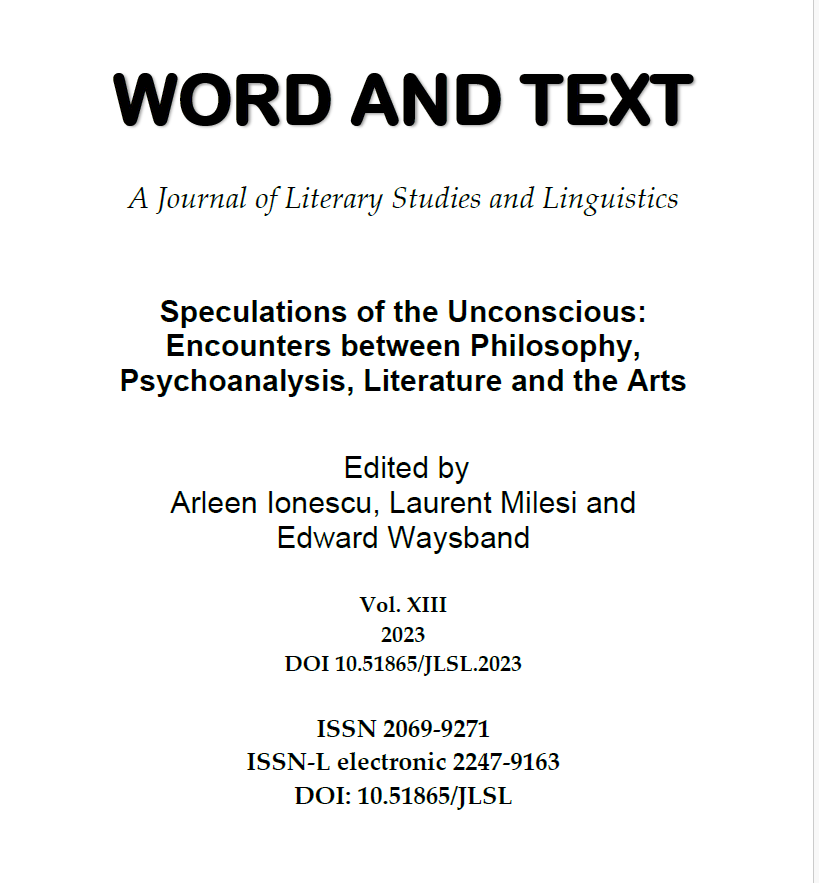
While going through some cultural expressions in texts and images, this article proposes reflections on ways in which the practice of poetics, in the sense of creative making, needs to encounter, address, and overcome difficulty in order to facilitate the contribution of the imagination and the acts of “imaging” it allows, to the figuration of the new. Encounter is the key word, indicating plurality and process. Nothing is fixed; hence, not “identity” as something permanent, but instead, in the encounter, identification with others, other fields, other ideas, other images becomes appealing and possible.In the painstaking attempts to think up new ideas, one encounters difficulty, which needs to be overcome. Only through encounters this becomes thinkable, and that makes imaging something so far unheard of, possible. The ‘poetic’ side of psychopoetics, making through (as traversing) and with (as its material) the reflections emanating from the unconscious as they appear at the edge of consciousness, is what binds together the different disciplines as we know them, in a knot of creativity, imagining, and thinking what we did not know.
More...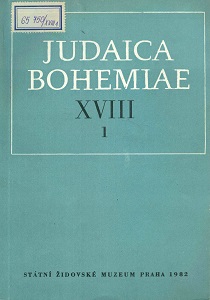
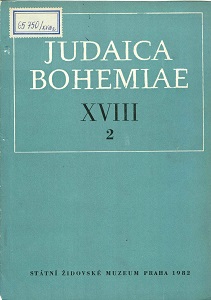

In 1929 Karol Lanckoroński (1848–1933) donated his collection of scientific photographs to the Polish Academy of Arts and Sciences. Among the photographs of works of art and archeological relics in that collection we can also find prints of ethnographic nature, including photographs by Alfred Silkiewicz, a photographer with connections in Ternopil. On 6 July 1887 the heir to the throne Archduke Rudolph visited Ternopil and saw an ethnographic exhibition designed specially for his visit in the municipal garden. The central figures of the exhibition were residents of minor towns of Eastern Galicia brought to Ternopil, dressed in regional costumes. The text focuses on the circumstances of taking those photographs and on their significance as a source for researching the history of Galicia and its residents.
More...